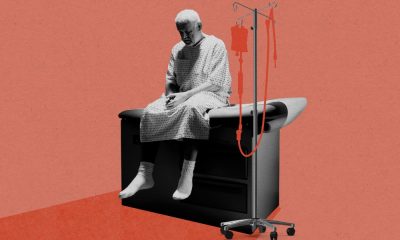Long COVID symptoms may be preventing as many as 4.1 million people from working, according to a new study from the Brookings Institution.
The study bumped up the number of people out of work due to the virus disorder more than twice earlier estimates of 1.6 million full-time workers – a fact that could be key in solving labor shortages.
By looking at four new questions about long COVID from the Census Household Pulse Survey, Brookings Institution nonresident senior fellow Katie Bach said that the impact from long COVID could “worsen over time if the U.S. does not take the necessary policy actions.”
According to Bach, about 16 million Americans aged 18 to 65 have long COVID, with 2 to 4 million of these people out of work due to their symptoms. Lost wages for these individuals are around $170 billion a year and potentially skyward of $230 billion, she said.
But what is more startling is the unknown reason why people get long COVID and how to treat the condition that can linger for months, then go away, and then come back.
Symptoms of long COVID vary by person but can include tiredness, malaise, fever, shortness of breath, cough, heart palpitations, headache, sleep problems, dizziness, change in taste or smell, depression, or anxiety, among several others, according to the Centers for Disease Control and Prevention.
“With 16.3 million working-age Americans afflicted and annual wage losses totaling nearly $200 billion, long COVID is already a meaningful drag on U.S. economic performance and household financial health. And absent intervention, the situation is likely to worsen,” Bach said, adding that the “government should take the threat of long COVID as seriously as the numbers show it to be…”
















